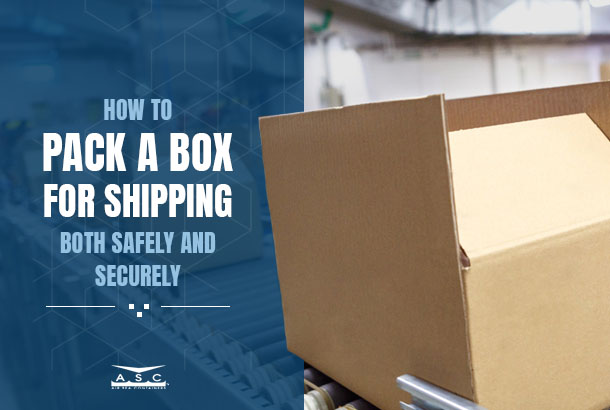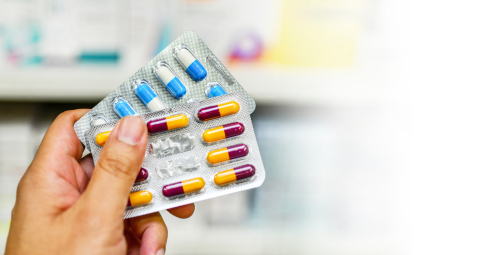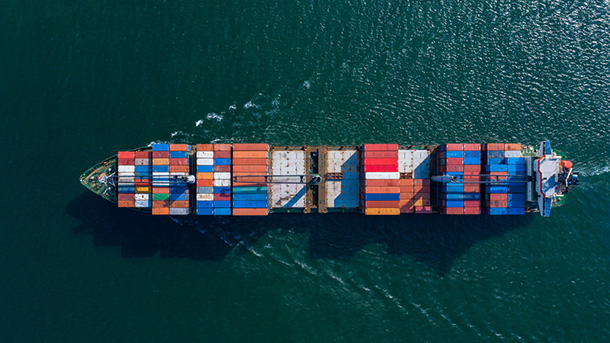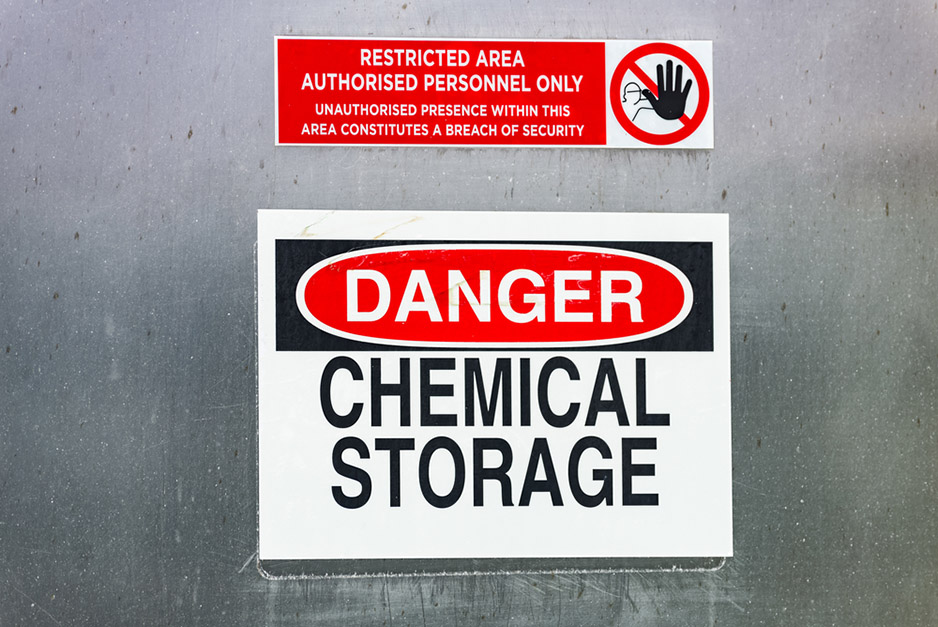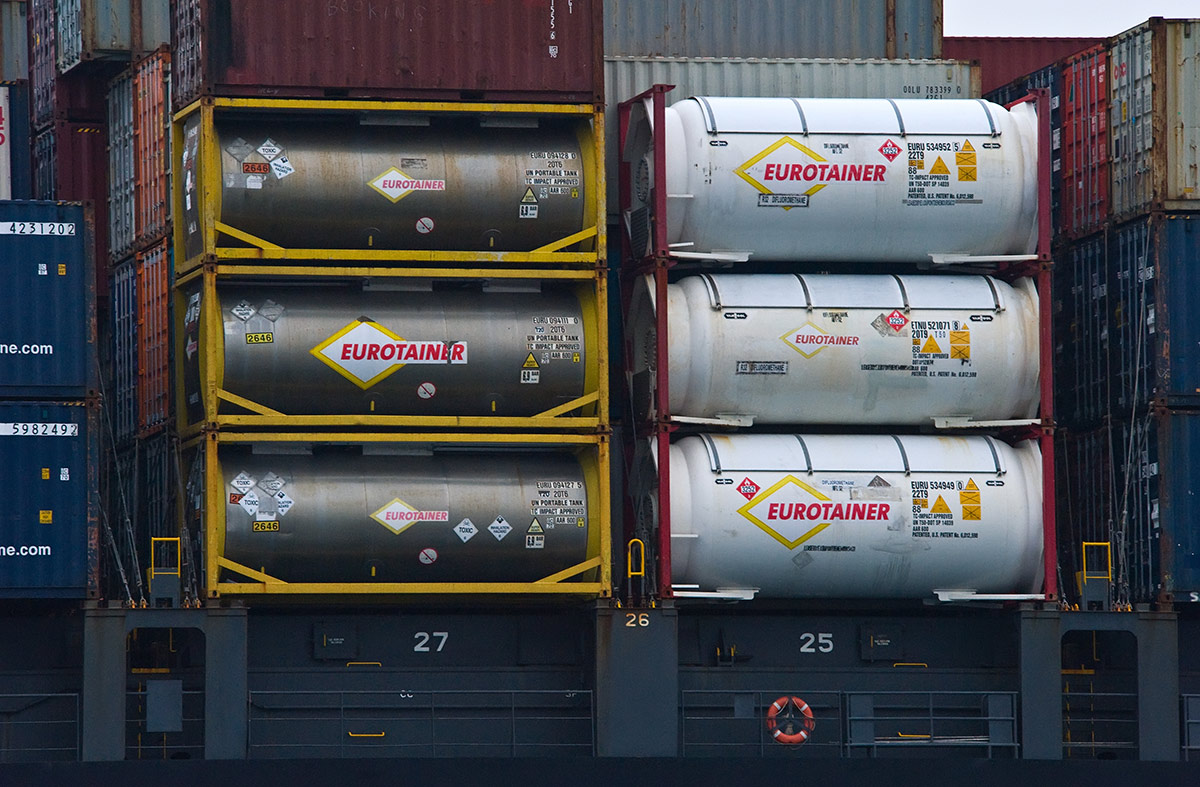There is also a wide range of rules, regulations and best practices that apply to shipping fragile or perishable goods. Hazardous goods are an obvious area of concern, but even non-hazardous liquids can create problems if they leak in transit.
Whether you’re an online retailer or an occasional package shipper, you’ll want to make sure every package you send reaches its recipient unharmed and hassle-free. Here’s our guide to how to pack a box for shipping, covering everything from small, hazardous goods to large, bulky objects.
Choosing a Box
Your cardboard boxes should be new to provide maximum security. Older boxes may have a weak spot or other damage that isn’t visible at first glance, which could cause the box to tear or collapse more easily.
Order Your Corrugated Hazmat Boxes Today!Shipping boxes are typically made of corrugated cardboard, which is much stronger than the thin cardboard used in shoe boxes and other commercial packaging. Boxes that are rated for international shipping are designed to provide high crush resistance, making them safer to use for packing fragile items. If you are shipping a hazardous product, your first priority is getting a box that is labeled and approved for that type of good.
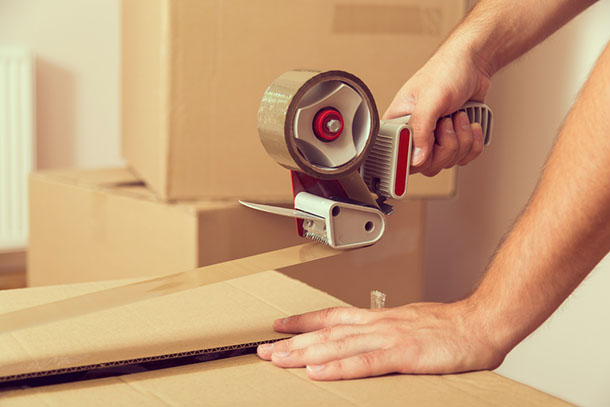
Your box should be large enough to fit your items without bending or tearing, but a box that is too large has extra empty space, making it easier to crush. Custom made boxes can be made in Hazmat and non-Hamzat varieties to accommodate very bulky or long objects. You can even put your company logo on your custom boxes for brand recognition and visibility.
Tips for Packing Items
Heavier items should be placed on the bottom of the box, if possible, to prevent them from crushing other items. Unless items are already packaged with significant padding around them, make sure to place an additional layer of padding between each layer of goods. Avoid placing lightweight or fragile items next to heavy objects on the same layer, as goods may shift sideways in transit.
Knowing how to use bubble wrap and other padding tools is just as important as how much you use. No matter what kind of padding you use, start by placing some of it on the bottom of the box to provide a basic layer of cushioning.
Wrap individual items as needed, especially if they have any plastic, glass, or wooden parts that could be damaged by a sharp impact. To keep items from bouncing around during transit, make sure to place additional padding in between and on top of items.
Which Packing and Padding Are Best?
Air cushions, foam, bubble wrap and other padding varieties each have their pros and cons. Bubble wrap and air cushions are available in recycled and recyclable varieties, and they are easy to reuse. They can also be wrapped around a variety of objects, making them perfect for eCommerce shippers or other retailers with a variety of inventory and shipping needs.
Soft foam can also be folded and layered for flexible padding. Some manufacturers use flat or custom-fit hard foam for sturdier support, but this is usually not recyclable. If sturdy support is needed, consider using cardboard inserts or another earth-friendly option.
Packing peanuts and other loose fillers are also available in biodegradable options, but keep in mind that they can shift during transit or cause heavy items to sink to the bottom of the box. Make sure to pack loose fill as snugly as possible to keep items from shifting around and, if needed, use bubble wrap or foam to wrap heavy objects.
Sealing and Labeling
When sealing the bottom and top of your box, ensure the tape extends over the sides of the box a few inches. This makes it more difficult for the box to burst open if it gets tipped or lifted improperly. Use a high-quality shipping tape that is designed for heavy-duty purposes instead of trying to use basic duct or masking tape to seal your package.
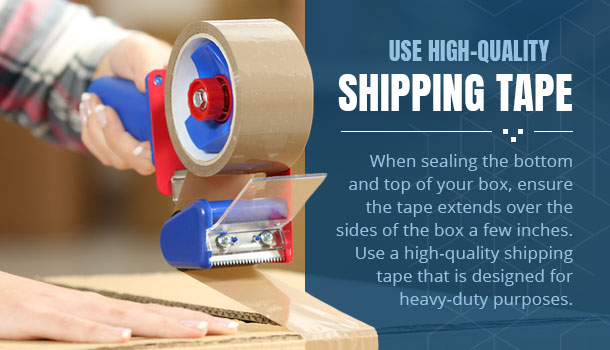
Customs forms, hazardous materials information and other paperwork can vary depending on the shipping mode and destination. Since these labels are usually required to be visible on the outside of the box, make sure to plan your labels in advance, especially if you are trying to pack a small box without much room for labels.
Browse Our Assortment of Eco-Friendly Packaging OptionsApply “This Side Up,” “Fragile” and orientation arrow labels as needed to keep your items as safe as possible. Although there is no guarantee that they will always be visible or noticed, shipping companies will usually try to handle labeled boxes with extra care. To give your fragile objects even more support in transit, you can upgrade your shipping option to special handling.
Palletizing Boxes
If you’re sending a palletized shipment, it’s important to pay attention to procedures for loading and shrink-wrapping the pallet. As with loading individual boxes, the heaviest goods need to be placed on the bottom to prevent damage and to keep the pallet from becoming top-heavy.
The UPS packaging guidelines page is a great source for general tips and information, but you’ll want to confirm packaging information with your shipping company if special requirements apply to your shipment. Wood or plastic pallets are both safe to use for most shipments, but be careful to inspect each pallet you use for any signs of damage before loading it.
Shipping Batteries
Common enough in today’s world, batteries are used as a portable energy source for cars, tools, gadgets and more. These convenient energy packs are incredibly useful, but they can be dangerous to ship if you don’t take the proper precautions.
With China's exports slowing down, battery companies can expect a spike in opportunities to supply batteries. Since batteries are fire hazards, it’s key to pack and transport them in a responsible manner.
Most people don’t understand just how easy it is to start a fire with only a regular 9v or AA battery, some pieces of metal and paper. There are a few types of batteries that can be packed in a box, such as car batteries, alkaline batteries and ion or lithium-ion batteries, but different types of batteries have their own sets of safety precautions.
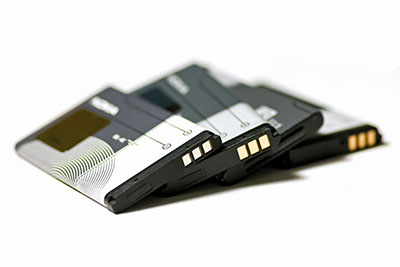
Car batteries are the heaviest and most cumbersome of batteries that can be shipped in boxes. The key to packing a car battery is to wrap it tightly in cloth and use tape to secure the cloth over the battery. Some batteries have a higher hazard rating than others, so it is crucial to check the hazard rating of the material you are planning on shipping.
The box you use should fit the wrapped battery as snugly as possible to avoid any jostling or undue movement. The most important step is to label the box as containing hazardous material. You can specify the box contains a car battery and should be handled with care.
You may want to ship something that already has the batteries installed. This can also be a fire hazard; reduce the risk of a spark by taking out the batteries and wrapping them separately from the machine. The batteries needn’t be placed in a box separate from the rest of the product, but you should make sure that the components are individually wrapped.
Category A Infectious Substances
If you are a biomedical company that needs to ship infectious substances, there are particular parameters you must follow. An infectious substance is a category A, which means it can cause permanent harm or fatal disease to any human or animal it comes into contact with.
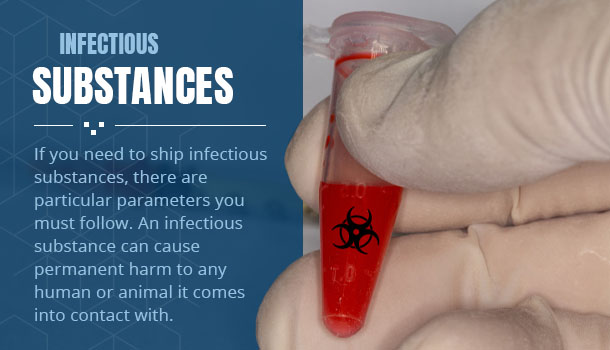
These substances must be triple-packed to ensure they stay sealed or, if their container is compromised, that there are other safety measures in place. Both the original container, like a test tube, and the other containers, usually a specially made pouch and another rigid container, must be completely leak-proof.
Place the hazardous material, sealed in the first container, into the second and seal that one as well. In between these two containers should be an ample amount of absorbent packing material to both cushion the container and absorb any leakage.
Since these materials are dangerous to humans, the box must be labeled carefully. The box you’re shipping it in must have the sender’s name and address, recipient’s name and address and an infectious substance label with all identifying information listed. In addition, you must display the net weight of the material and the weight of the dry ice if any was used.
Category B Substances
Category B substances aren’t fatal but can still cause harm. These materials are referred to as “Biological Substances,” and they, too, must be triple-packaged with the requisite labeling on two of the four sides of the outer box.
However, their quantity restrictions are not as strict as the restrictions for Category A. If you’re shipping anything as dangerous as a Category A or Category B substance, check and double-check the regulations before dropping it into the mail.

Shipping Liquids and Aerosols
Even non-hazardous liquids need to be packaged carefully to prevent leakage. Most, if not all, shipping companies have a policy of removing a package from transit if it begins leaking any kind of fluid. Therefore, it’s in your and your customers’ best interests to package all liquids carefully.
Any container with liquid in it should be sealed with tape and then placed in a waterproof bag in case it spills. Even commercial packaging that appears waterproof may still leak if it sustains enough damage, so add a bag around the container to prevent problems.
Aerosols must be packaged in 4G-certified cardboard and affixed with a label, such as a non-flammable gas label, identifying its contents. All flammable liquid contents must be appropriately labeled and declared and may only be permissible for mailing via ground transportation.
Temperature Changes
Temperatures can vary widely along your shipping route, and summer isn’t the only hazardous time of year. Freezing temperatures can also ruin certain foods or make items more brittle and, consequently, more susceptible to damage.
Insulated boxes are one option for protecting the items inside from temperature changes. However, insulated boxes are not always good options for high-value goods like pharmaceuticals that could still be damaged from being left outside for too long.
Dry ice needs to be used in a foam container that’s large enough for the ice and the product being shipped, with enough room for plastic or another thin layer to separate the ice and the product. The foam must be at least 1.5” thick for it to effectively keep the temperature low.
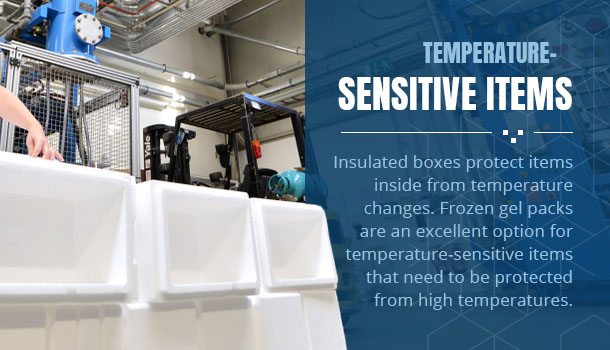
However, dry ice can also contaminate the product if it’s not packaged and handled correctly, and it’s difficult for most consumers to handle and dispose of dry ice properly. Frozen gel packs are an excellent option for chocolate or other temperature-sensitive items that need to be protected from high temperatures but which can withstand minor variations in temperature.
Reaching the Destination
It’s impossible to control all the factors that could influence your package’s arrival, but communicating with the recipient and the shipping company is key. Using all appropriate labels, packaging with extra padding and accommodating recipient requests for delivery scheduling can make a huge difference for time-sensitive and fragile packages.
Air Sea Containers is your trusted specialist for packaging and shipping products. We carry a full line of packaging, packing materials, tools and other supplies for shipping boxes, drums and more.
We even carry specialized items like lithium battery kits, IATA shipping manuals, labels and forms. Explore our website and contact us at (866) 801-2581 with any questions about our line of available products.

